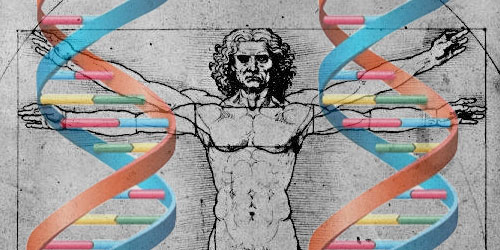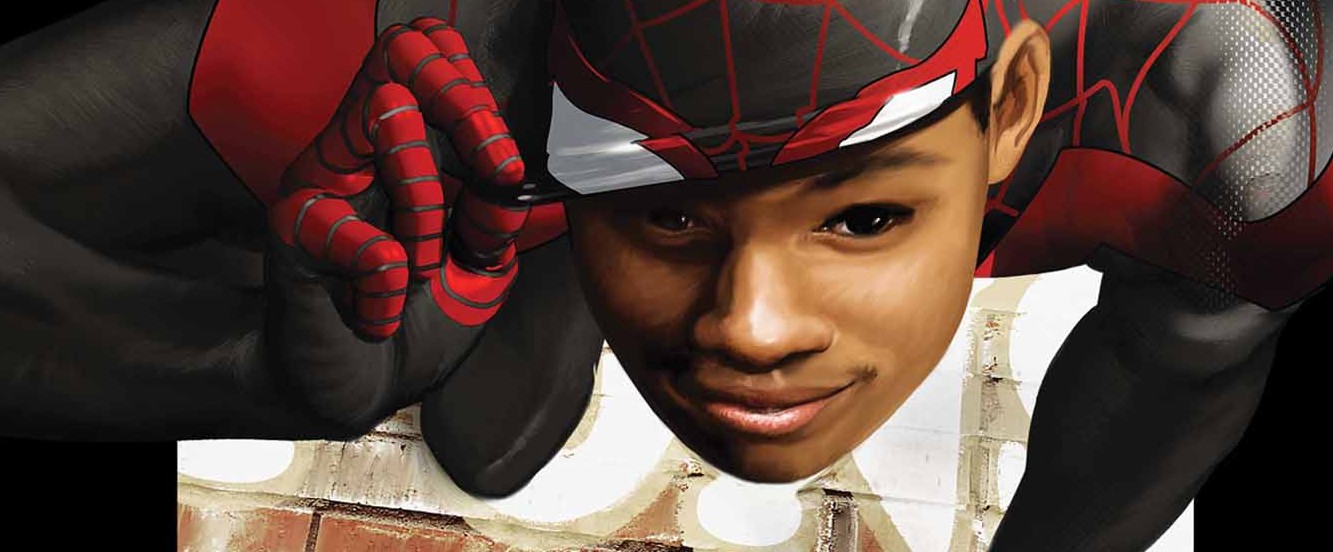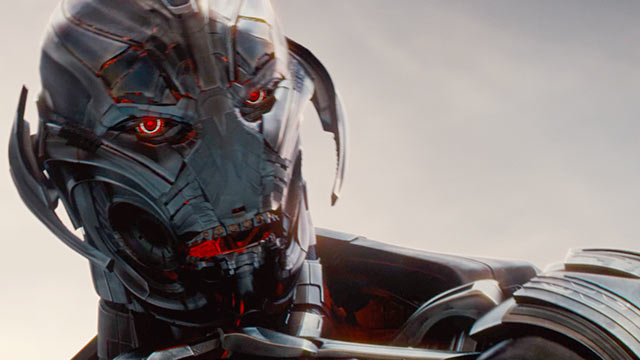The Menagerie Part 1: Introduction

Arthur C. Clarke once said that in the future, technology would be indistinguishable from magic. If someone in the Middle Ages saw what we could do today, that person would believe we’re already there (and might start burning people at the stake for it). It sort of reminds me of the so-called “science” in superhero comic books. The powers given to heroes and villains alike always seemed to be less science fiction and more fantasy. But has science advanced to the point where such “magic” could really happen? Remember that bed sheet you used as a cape when you were a kid? Time to break it out.
Now when I talk about superheroes, I’m not talking about those on the World Superhero Registry. Those are just average people in costumes taking the law into their own hands. What I’m talking about is the possibility of real-life superheroes with real superhuman abilities … taking the law into their own hands. I believe it’s possible.
Okay, so maybe we’re not going to create a real-life Superman right away. We’re going to start a bit smaller. Imagine that we were to create a super team of animal-like humans. We only need to reproduce the effects of the animalistic abilities. We should probably reproduce the appearance as well to strike fear into evil-doers (or heroes, depending on how the metahumans are meant to be used). So we shall begin a multi-part article series on the subject by looking at the means available to us to create superhumans. In doing so, we’ll look at four aspects to making that happen.
1. Selection
So how do we determine who is lucky enough to be mutated into a freak for our comic book-loving enjoyment? Just as architects often work with the landscape to make development easier, we should look for individuals who have the physical traits closest to what we’re trying to accomplish while excluding all others. For instance, as cool as Verne Troyer is, he’s not likely to be starting in the NBA anytime soon. And don’t count on seeing NFL linebackers or Sumo wrestlers as jockeys in the Kentucky Derby. Creating superhumans would be no different in that regard.
They should also be psychologically evaluated for their ability to handle being extremely different from those around them while ignoring the madness they must have to allow themselves to be subjected to such experimentation.
2. Training
It would make sense that taking on a metahuman persona requires certain skill sets. Such skills might be fairly simple when copying animal abilities. But when discussing superheroes, one must ponder whether the level of training is possible to create a real-world equivalent of Batman. With ancient knowledge of martial artists (including ninjas) so readily available and the creation of new arts, like Parkour, could Batman be closer to fact than previously imagined? The thought sends a chill down my bat-spine!
There’s another aspect to consider. I think about how scientists used to believe that human physiology would not allow a person to run a mile in less than four minutes. But then, in 1954, Roger Bannister did just that. It has since become a fairly common occurance. Then I think about how modern extreme sports constantly push the limits of capability. Tricks which would have gotten athletes status as near gods just ten years ago would probably not even get an athlete qualified on the pro level today. Consider Tony Hawk’s 900, Mike Spinner’s quad tail whip, Travis Pastrana’s double backflip, and Torstein Horgmo’s triple cork.
Every time limits are established, they’re shattered. Try a little experiment. Watch the Olympic Games and count how many world records are broken … again. It sort of makes me wonder if there really is a limit to human capabilities or if we’re only limited by our perceptions.
3. Appearance
In order for a superhero to have maximum effect on a villain, that villain must be able to recognize that hero and fear that hero. Just the appearance must strike fear in evildoers. This is especially true when dealing with those who are based on animals. How can this be accomplished?
One such method, much like in the selection process, is to find people who have medical conditions not unlike circus sideshow freaks. That or someone can be “mutated” to have such conditions. Unfortunately, they’re hard to find, let alone the unlikelyhood to also being good candidates for the super-humanization process. And not to mention that some of those conditions are debilitating and sometimes even lethal.
But most likely, it would be either based in technology which bestow the abilities, or simply be elaborate body art. Tattoos, implants, and other such modifications are not unusual nowadays. But is it able to provide appearances which would make animal control officers wet themselves in fear?
4. Super Abilities
No decent superhero would be caught dead without super powers. Wait, I take that back. A superhero would likely be caught dead without superpowers. They’re the very thing which make a superhero … um … super.
Now there’s something that I know some of you are thinking, so let’s get it out of the way right now. I’m not going to knock the idea of the existence of magic. A rule I like to live by is that all things must be considered possible until specifically proven otherwise. But we’re not looking for good luck charms. We’re looking for actual super powers. When it comes to modern “magic”, various practitioners can’t even agree on how to make things happen. The only thing they can agree upon is that, as described in Buckland’s Complete Book of Witchcraft, magic is a manifestation and release of the willpower. Even if those who practice magic were consistent in their execution, none are powerful enough to deliver the results we’re looking for. So we’ll stick to that Muggle magic we commonly refer to as “science”.
So how can super abilities be imparted on our engineered freaks?
One way is through cybernetics. Experiments have been done with monkeys by implanting chips in their brains which allow them to mentally control a robotic arm. There is advancing technology which allow functional implants in humans. Perhaps we can create bionics which will allow the super person to have those super powers all of us nerds have dreamed of. This may be a little complicated, but it doesn’t have the messy complexity of actual biological modification.
The other way is through genetic or other biological alterations. Genetic modification generally happens at the embryonic or pre-embryonic stages. It’s typically less effective when done later, but not impossible. Consider the recent reconstruction of a windpipe using the patient’s own stem cells. Now imagine replacement organs made to order. Next, think about the possibility of modifying the genetics of a custom organ using a person’s own stem cells. This could allow the organ to be accepted by the person, mutations and all. It could help alleviate genetic-based afflictions in potentially millions of patients in need. Or better yet, it could be used to make superheroes! It depends on your priorities.
So it would seem that we have some options to create the “magic” that Arthur C. Clarke once spoke of. So let’s start producing some superheroes!
Next up … Part 2: The Canine –>
![]()





Reblogged this on Daniel C. Handley and commented:
Written for SciFi4Me.com